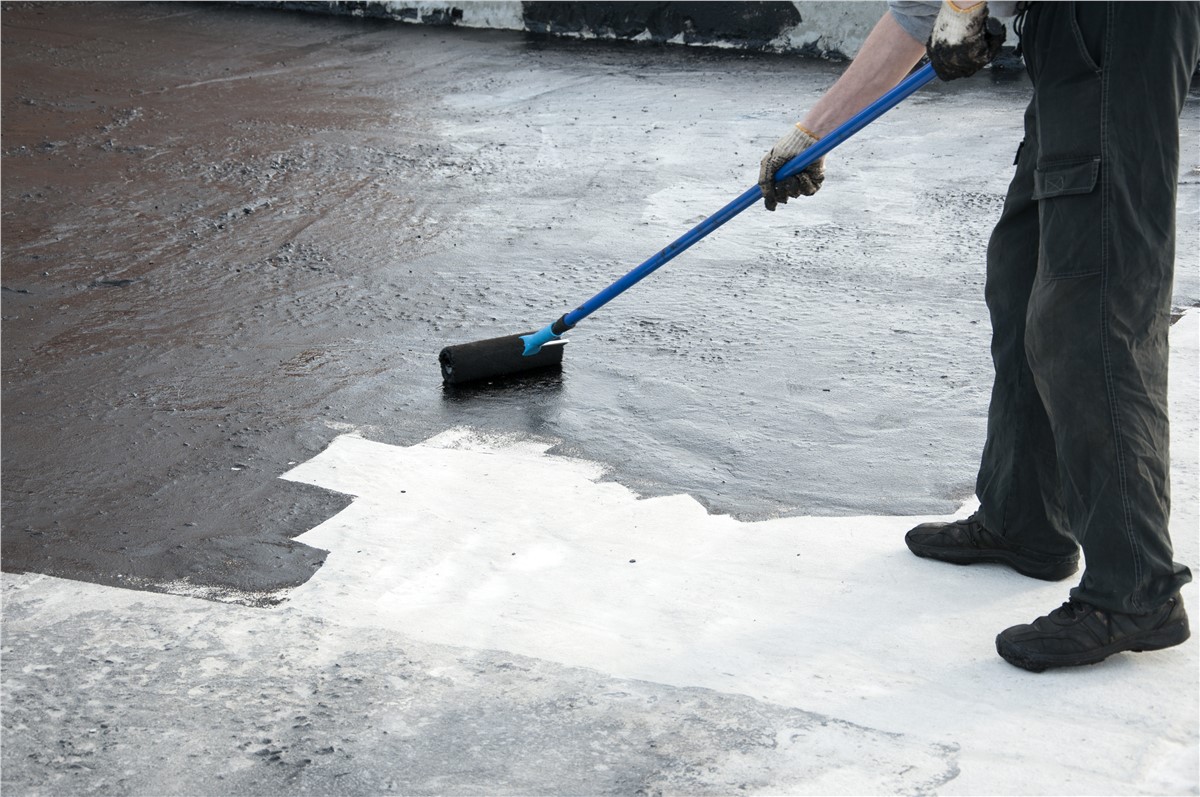Sealing the garden is an crucial aspect of maintaining a flourishing outdoor space. Excess water can cause a number of problems for your plants, such as roots decaying, mold, and reduced growth. By using successful waterproofing strategies, you can protect your garden from the harmful effects of overwatering and ensure that your plants thrive regardless of the weather conditions.
In this manual, we will examine why waterproofing is crucial not just for homes and buildings, but also for your garden. We will delve into practical tips, techniques, and typical misconceptions regarding waterproofing. No matter if you’re a seasoned gardener or just starting out, understanding how to manage excess water in your outdoor space will help you time and money while fostering a vibrant garden environment.
Understanding Waterproofing Principles Fundamentals
Waterproofing is vital for safeguarding your yard and garden space from the potential damage caused by excess water. When precipitation accumulates around plants and earth, it can lead to root rot, mildew, and other issues that compromise the health of your plants. Using efficient waterproofing measures assures that your garden remains healthy and thriving, even during severe storms. This is not just a matter of aesthetics; it’s about investing in your time and resources in your garden.
Choosing the best waterproofing solutions requires comprehending the specific needs of your landscape. Different methods and options can be used, including water drainage systems, waterproof membranes, and natural barriers like mulch and plants. It is essential to evaluate the topography of your outdoor area and the types of flowers you have to decide on the most effective approach. Proper planning can prevent water from collecting in unwanted areas and promote proper drainage to preserve plant roots.

Furthermore, grasping the lasting advantages of waterproofing can conserve you significant costs in repairs and restorations. Neglecting address water accumulation can lead to serious structural issues not only for your landscape but also for surrounding structures. Investing in waterproofing now can improve the strength and longevity of your landscape, enabling you to enjoy a thriving garden while minimizing future concerns related to surplus moisture.
Choosing the Appropriate Waterproofing Methods
When considering waterproofing your garden, selecting the suitable methods is essential for shielding your plants from too much water. Start by assessing the unique needs of your garden, factoring in the varieties of plants you have and the drainage patterns of your outdoor space. For instance, if you have areas where water tends to accumulate, using raised beds or using permeable materials can assist boost drainage and prevent waterlogging. Additionally, using barriers such as geotextiles can separate soil layers and direct water flow properly.
It's also important to consider the local conditions in your region. Heavy rainfall or periodical flooding might necessitate more extensive waterproofing solutions, such as creating drainage systems to channel water away from your garden. On the other hand, in areas with less rain, easier methods like mulching can assist hold moisture while avoiding excess water from overwhelming the soil. Knowing Discover more and soil conditions will guide you in choosing the suitable approach to maintain your garden prospering.
Finally, always opt for top-notch waterproofing products when utilizing your selected methods. Investing in dependable coatings and barriers not only enhances the longevity of your waterproofing efforts but also guarantees better protection for your garden. Brands that specialize in waterproofing often provide solutions created specifically for outdoor use, so considering these options is crucial. Regardless of whether you choose DIY methods or request professional help, the right materials and techniques will significantly improve the resilience of your garden against moisture damage.
Mitigating Water Damage in Critical Locations
Water damage can occur in different key areas of your home, such as basements, bathrooms, and roofs. The basement, often susceptible to flooding, requires thorough waterproofing solutions. Proper drainage systems and sump pumps can assist manage excess water successfully. Ignoring basement waterproofing can result in costly repairs down the line, as stagnant water can weaken the foundation and encourage mold growth. Ensure you have a robust waterproofing plan in place to safeguard this critical area.
Bathrooms are a further common point where water damage can cause problems. Shower and tile waterproofing are essential to prevent leaks that can cause significant damage and mold issues. Choosing high-quality waterproofing products for your bathroom can have a considerable impact in maintaining a mold-free environment. It is wise to assess plumbing fixtures and waterproofing regularly to catch any potential problems early.
Lastly, roofs are often overlooked when it comes to waterproofing but play a essential role in preventing water damage throughout the building. Ensuring that your roof is properly waterproofed defends your entire home from leaks and structural issues. Utilizing the best waterproofing coatings and addressing typical roof waterproofing mistakes proactively will prolong the life of your roof, minimizing risks of leaks and costly repairs connected to water damage.
